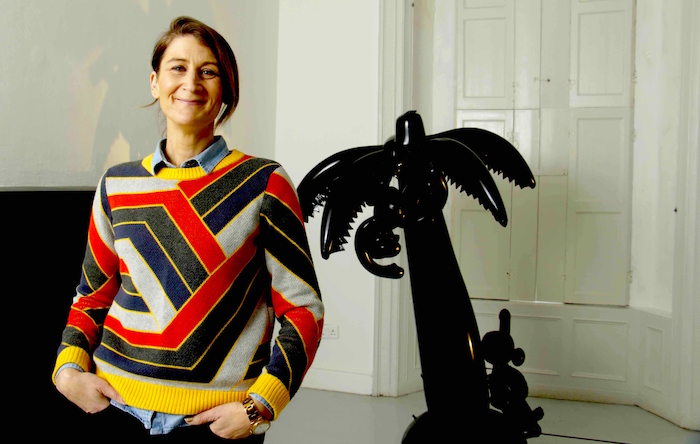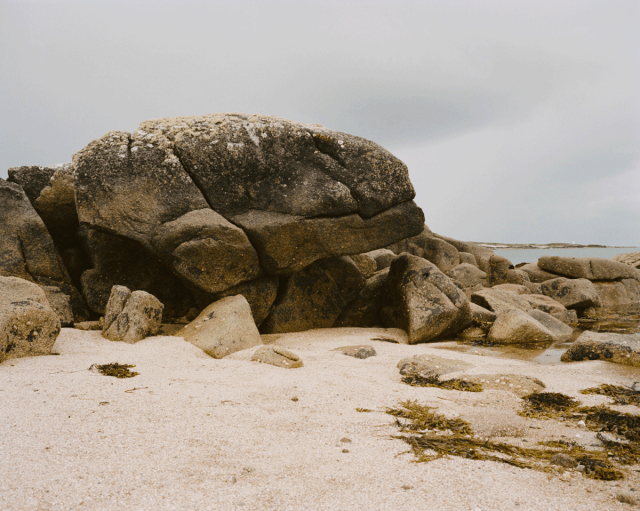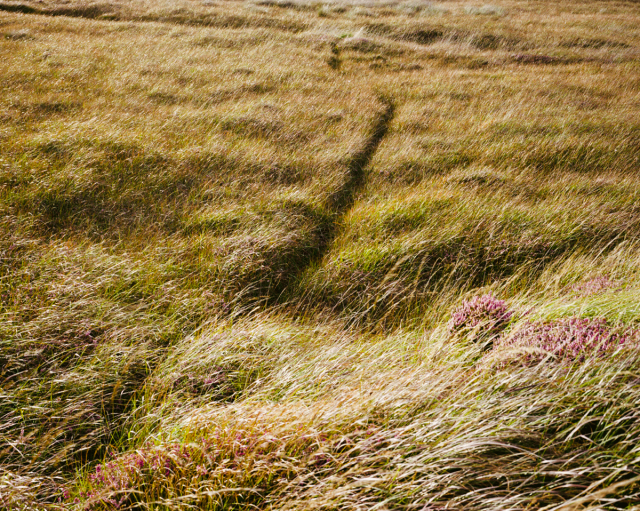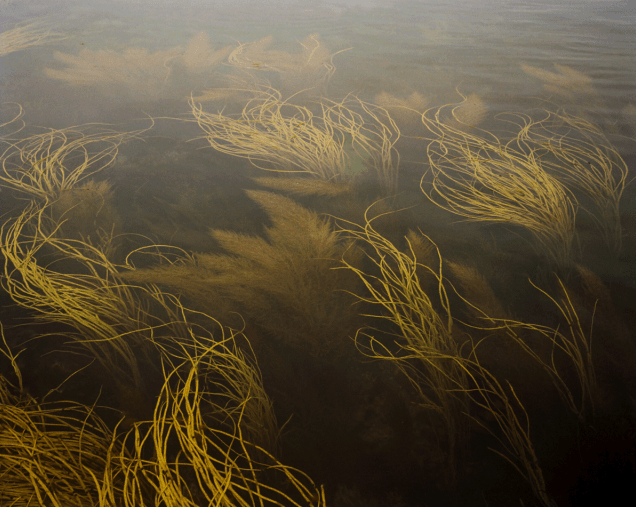In today’s fast-paced and ever changing network of club culture, we’re over aught with symbols from the past and warnings about the future, with little time in between to think of the present. One mind that managed to do such a thing was that of Mark Leckey, albeit almost twenty years ago, when he put together the cult classic visual art piece ‘Fiorucci Made Me Hardcore’.
The TULCA festival of Visual Arts kicked off in Galway at the end of last week and as part of the calendar of events, Electric Garden & Theatre are hosting an in-club screening of the Liverpool native’s staple piece. The 14 minute audio/visual piece focuses on the sounds and images of a spritely rave era; splicing together footage of people dancing in a range of different settings with a seamless blend of rave-inspired sounds acting as a bed to the visuals throughout.
Visitors are welcome to check out the one of the Turner Award winning-artist’s most well known pieces in the environment in which it was originally hatched, showcasing the club in a different, more conventionally creative light, a feature the West of Ireland institution has long been well known for, working closely with the Galway Arts and Jazz festivals respectively over the past number of years.
Having previously penned articles on both the aesthetic and nostalgic nature of today’s clubbing landscape, we thought it would be best to get in touch with Leckey himself on the matter. Having won the Turner Prize in 2008 for his piece ‘Industrial Light and Magic’, the Liverpudlian is widely considered as one of the leading lights of contemporary visual arts, with his work being showcased in exhibitions all over the globe. Always one to be outspoken about his pieces and never shy of an-depth interview, a 10am call to unravel the current state of nightlife and how his almost 20 year old ode to rave shapes up against it was light work for the UK creative.
You’ve stated before that you like to wallow in the mire of nostalgia and view things, club culture in this instance, from an outsider’s point of view. How does the influence of nostalgia that was present when you made ‘Fiorucci Made Me Hardcore’ match up against the presence of nostalgia in today’s clubbing environment?
“Let me move into a different room, me thinking room. Not that I live in a massive house but I just walked across the kitchen!
“I don’t know about nostalgia in club culture at the minute as those days are gone for me, I don’t go out. A few years ago it got sampled by Jamie XX, at that moment I could tell there was a nostalgia for the 90s that was coming from people who hadn’t been born when that music was being made.
“What it feels like to me is that I made Fiorucci nearly twenty years ago and whatever nostalgia there was for Fiorucci peaked about 2 or 3 years ago. It seems like it was in a nostalgic cycle when people’s interest in it really peaked and now not so much anymore. It got a bit hot a couple of years ago [laughs] and now that’s gone.”
The whole idea of club culture is being whacked onto anything and has definitely become a ‘trendy’ thing for brands and start ups to latch on to. From the perspective of someone who has created something that’s critically recognised as an influential part of club culture, how do you view today’s trends?
“You could look at Fiorucci and say that essentially what I’ve done is museum-ify it. I’ve taken this thing that was alive and happening, that was about this moment of being present and I’ve kind of historicised it and frozen it. With YouTube and all the other platforms that’re available, you’re kind of engulfed by these images. The thing is with Fiorucci, I made it pre-YouTube and pre-internet, so all of the footage was very rare and when I got it I really fetishised it. With the video, it was me reveling in the fetish-ness of that, like ‘Oh, look what I’ve got!’. Now all of that footage and more and better is there on YouTube you can just stick that stuff together, you could do it in a day. You could just knock up a Fiorucci in a day!
“Things change and now the sense of being historically absent and finding your sense of place historically to produce that kind of nostalgia, I feel like that’s gone. Now it feels like we’re very much in the present, and that it’s very much a luxury to wallow in the nostalgic mire anymore.
“To me, nostalgia is toxic, it’s not entirely toxic, but it’s like a drug. There’s an instant buzz but you come down hard. You’re never present when you’re in a nostalgic state.”
“Nostalgia can produce a very A-political effect; you’re not tending to the world as it is, or it can produce a kind of right wing sort of nostalgia; everything you look back on is better and the complexity of today’s world is too much, that’s the obvious side of it. I made Fiorucci as a type of exorcism. It’s not entirely celebratory, I just wanted to get rid of this shit that was suffocating me, going back to what we were talking about, nostalgia is a bit of swamp; you don’t feel like you’re moving forward with it.”
At times it seems like with the accessibility of images and content online we find ourselves as a community looking too far forward or too far back and that we take the present for granted.
“It’s kind of a paradox for me to have backwards thinking dance music. Dance music for me has always been the future, that’s what it’s born from; a hope for the future, that we’ll see better days. That’s the engine of dance music, it’s always forward facing so as soon as it starts turning its head over its shoulder it starts losing its momentum and the thing that propels forward. Maybe then it changes from dance music into something else. A lot of stuff that I hear that’s coming out right now seems very forward facing with that being said. There’s always been a queer sensibility in dance music that still seems to be pushing forward. It depends where it’s coming from, who’s producing, why they’re producing it and what they want from it. I don’t think you can say that all of club culture is inherently nostalgic.”
With Fiorucci being shown in a multi-functional nightlife space such Electric Garden & Theatre, does the piece get to viewed in its apex setting? On top of that, does using nightclubs and nightlife spaces for more recognised cultural things such as this in turn boost the outward perception of nightlife and electronic music?
“One of the reasons I made it is because of the celebratory side of it. I made it in the 90s and I sort of started making it during Britpop and at that time, and today, the interest in intellectual stuff was always in rock music and stuff like that, they were always the ‘clever’ ones.
“Dance music was quite dismissed as being just repetitive and dumb and all the rest of it, especially for me, old hardcore and rave stuff is apparently dumb as fuck but for me, it’s sonically and intellectually brilliant.”
I still listen to it and I’m like how the fuck did you make that stuff?! It’s so adventurous, that to me is the quintessence of looking forward; they were in the moment.
“It wasn’t made with just an individual intelligence, but a group intelligence of such, sort of like a hive mind, which I think is more interesting than what Radiohead have got to say! There was some sort of class snobbery involved as well, it was working class music so there was a snobbery attached as regards dance music. I wanted to kind of fix it. That was the fuel and energy I had behind it; nostalgia plus a sort of fuck you mentality, I don’t know who I was saying fuck you to, probably some straw men that weren’t really there but that’s what it felt like to me. But now, there are endless talking heads of people from my generation yacking on about how good it was back during the second summer of love. What I like about Fiorucci is that it’s not just an exercise of nostalgia or celebration, as I was making it, it became the recordings that were made of those moments and what they are and what they do to you. Part of the nostalgia when you’re watching Fiorucci is that it’s not just about dance culture but the fact that you’re looking back at images and sound. It’s a balance of the state between despair and ecstasy [laughs]”
The full schedule of events at the TULCA festival is available here, with more on ‘Fiorucci Made Me Hardcore’ here.
Coili Collins - Four/Four Magazine
08.11.2018






